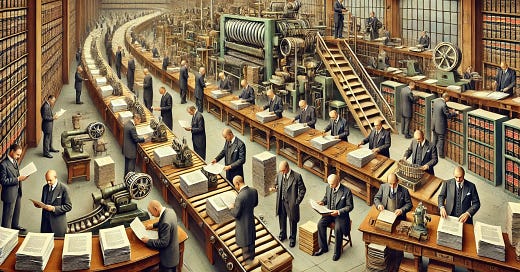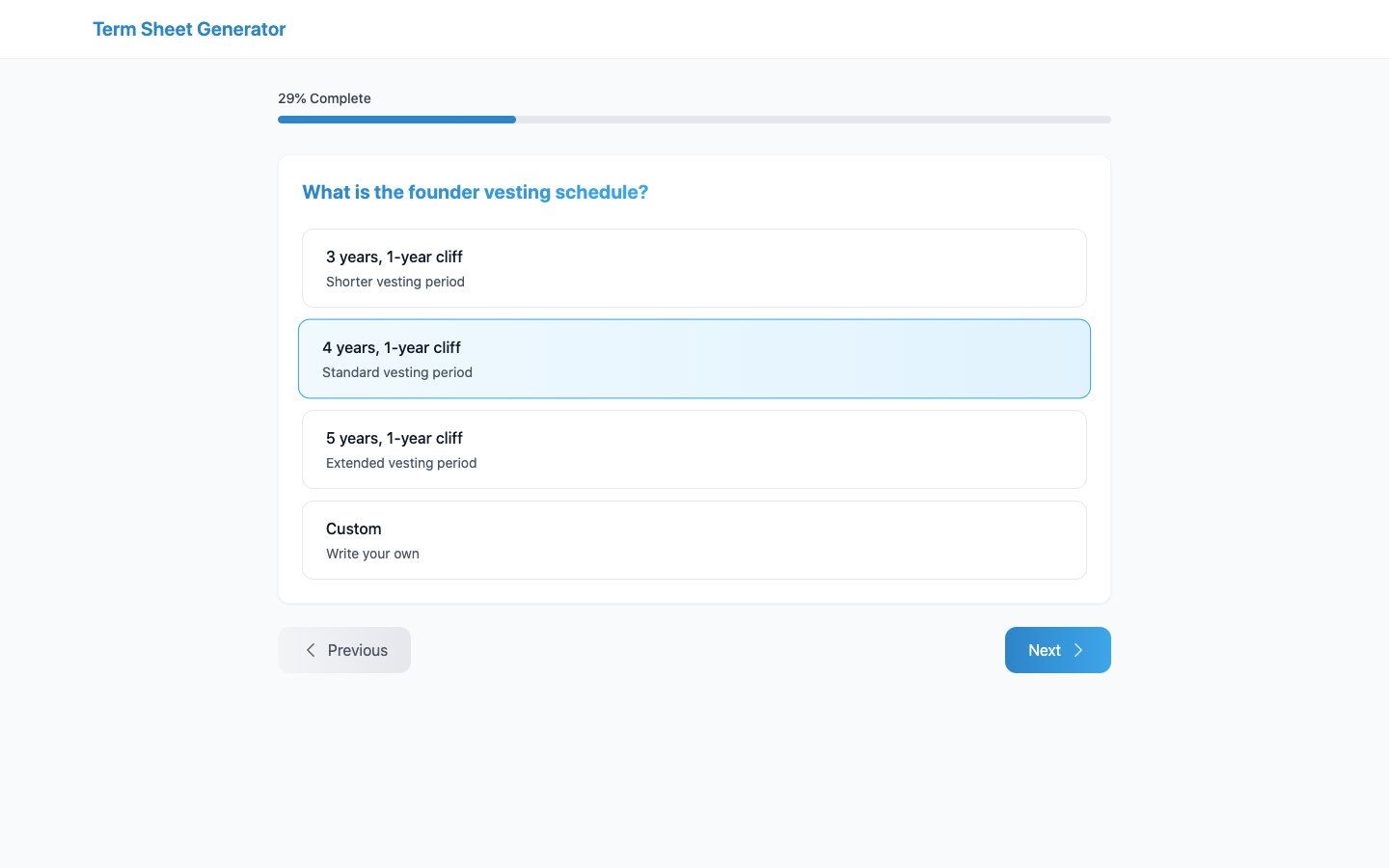Writing, or as we lawyers call it, drafting, is close to our hearts, our minds and our hearths.
What is written is important, is often high stakes and must be accurate.
It isn’t only what is written. But how it is written, we believe that separates the professionals from amateurs, partners from interns.
We take particular pride in the details.
The style, the formatting, the language.
The methods used to arrive at the draft.
The questions examined.
The manner of organising clauses, arguments, provisions, sections.
Though we are impressed, using ChatGPT doesn’t cut it for almost any real world drafting task.
There is also the question of knowledge.
Your precedents, your formats and your approach to doing work isn’t replicated by any tool on the internet.
Even if all your documents and data were organised, you would hesitate to entrust a third party with that knowledge, and proprietary data in the hope of replicating your work through an automation.
Every lawyer knows AI can change their lives and fortunes, but these questions are reasons for pause.
This is what motivated me to put our term sheet generator out free for anyone to use.
It takes less than 5 minutes to draft an accurate and (what I believe is) a high quality startup investment term sheet. Don’t believe me? Try it out here.
Here are the things I think should become clear once you have given it a few spins.
(1) You don’t need data or treasure trove of precedents and documents to achieve the result. You need what we call a “golden draft”.
(2) You need to optimise for your own workflow. I designed the questions based on usual variations I see in term sheets, with flexibility to customise them for edge cases. Example - Option A, B and C - Type your own founder vesting schedule.
(3) Once the term sheet is drafted, you can request further changes, which will be incorporated to address any further changes that your usual workflow didn’t anticipate. Example - Add a clause detailing the non-solicit provisions on XYZ terms.
(4) You will see that the overall template of the draft is always respected, and the style, language, format and manner in which it is presented, are to correspond to my standards. It doesn’t matter how simple the inputs are or the language in which instructions are typed.
(5) A document of any size or complexity, and no matter what subject matter, can be automated using this approach.
Don’t believe me? See this example from litigation, and this from IP.
While each drafting automation may entail some work or expense to set it up, once it is - you only have to get involved if there are variations to the workflow or to the template.
Meanwhile, you have nearly 100 percent accuracy and a workflow that everyone from a new joinee to a senior professional can use and deliver.
High degree of standardisation, predictability in quality, lack of embarrassing mistakes, and God levels of productivity.
In no world does it make sense to wait to get core drafting automations in place for a serious professional business.
A new generation of lawyers will grow up with this, like an older generation of accountants first did with calculators.
Let’s make this transformation happen.





